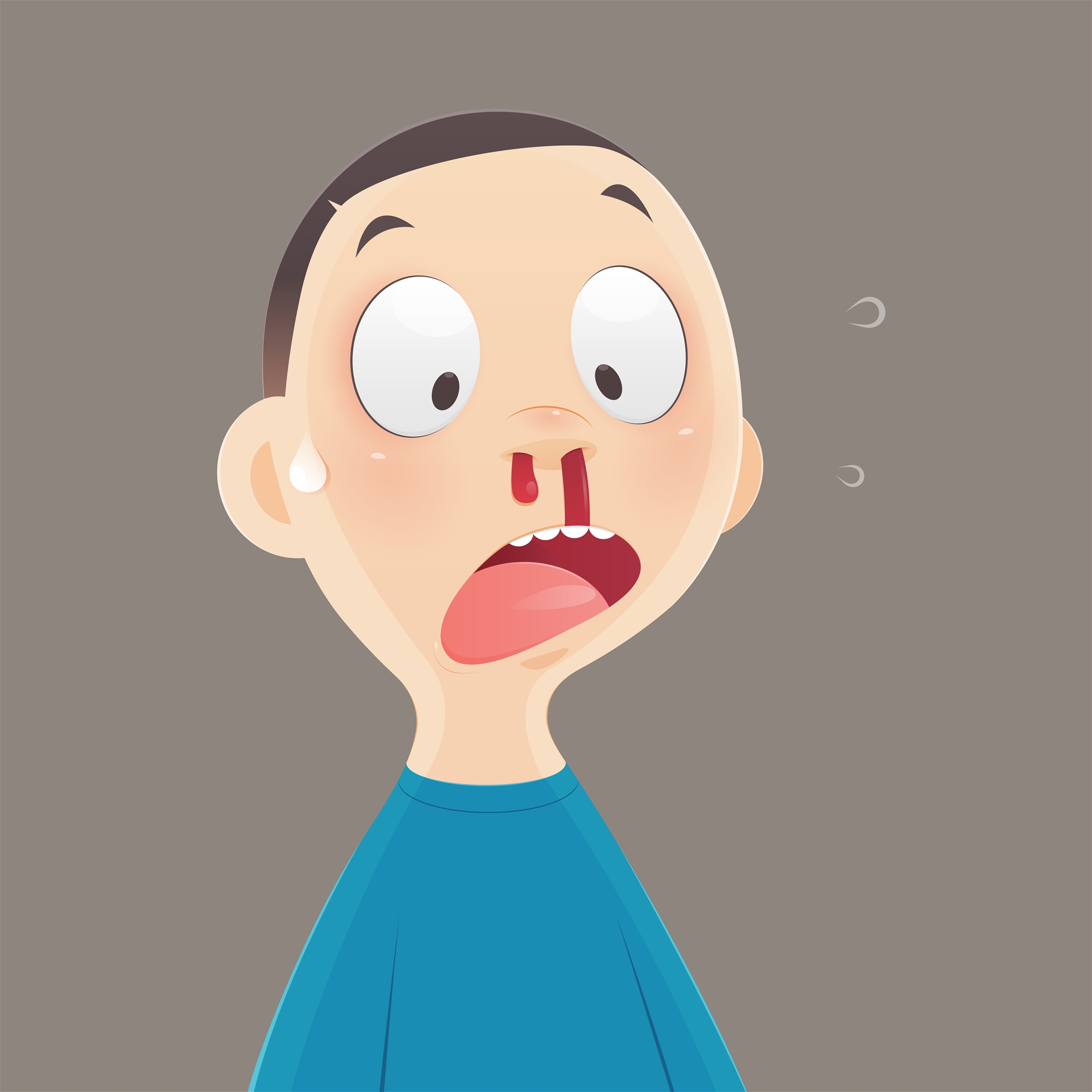Immune Thrombocytopenia Purpura (ITP) could be related to the immune responses caused by some infection, which causes autoimmunity attack on platelet and reduces the counts to generate the relevant syndromes, commonly occurs in children under seven years old.
Common Clinical Symptoms
- Mucosal bleeding: Excessive nosebleeds, bleeding in the mouth, hematuria, bleed in stool.
- Multiple unexplained bruising and red-purple spots on the skin.

Complication
- Severe thrombocytopenia includes complication in spontaneous intracranial hemorrhage that leads to headache, postural instability, general fatigue, consciousness disturbance, and other neurological syndromes that could be life threatening.
First-Line Therapy
- Observation
- Immunoglobulin
- Steroid
The majority of children tend to recover from ITP after half a year. Nonetheless, there are about 20% of children who still suffer from thrombocytopenia in one year after the initial diagnosis and turn into chronic ITP. For chronic ITP, the long-term administration of steroids will cause many adverse effects. Hence, doctors will choose different second-line treatment according to the clinical conditions of the patient and after discussion with the patient. For examples, such treatment include immunosuppressive drug, monoclonal antibody, Thrombopoietin receptor agonists, and splenectomy.
Care Instructions
Since blood platelet is responsible for the hemostasis of the body, low blood platelet count is likely to cause bleeding. Hence, it is important to avoid intense collision and exercises in care. Parents need to pay attention to intracranial hemorrhage related severe neurological complications. In case of such syndromes, take the children to the hospital immediately for medical treatment.

